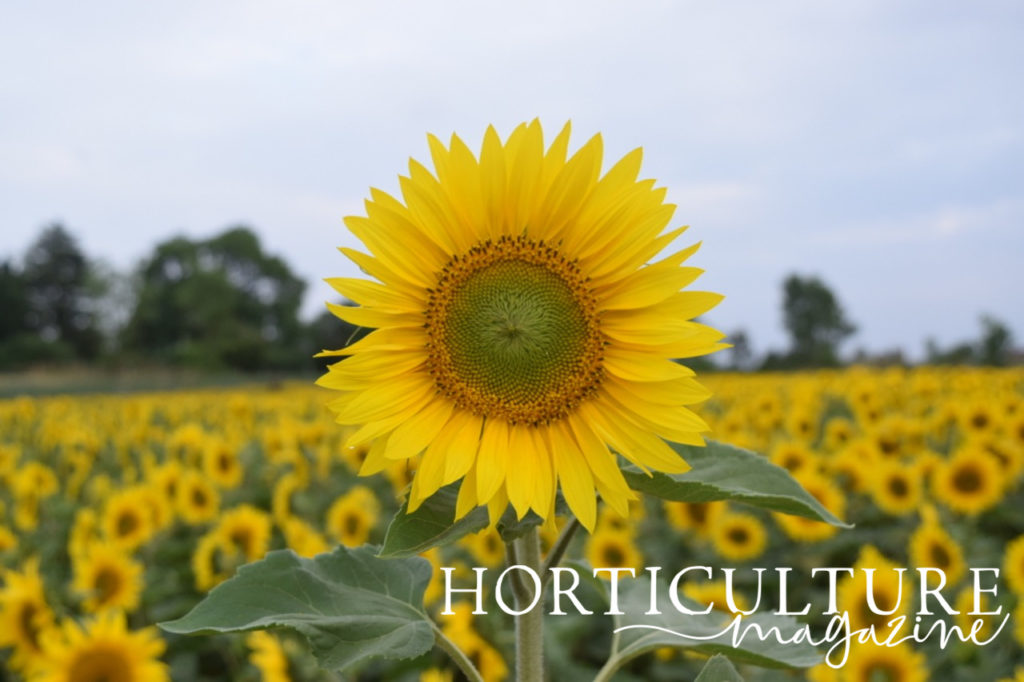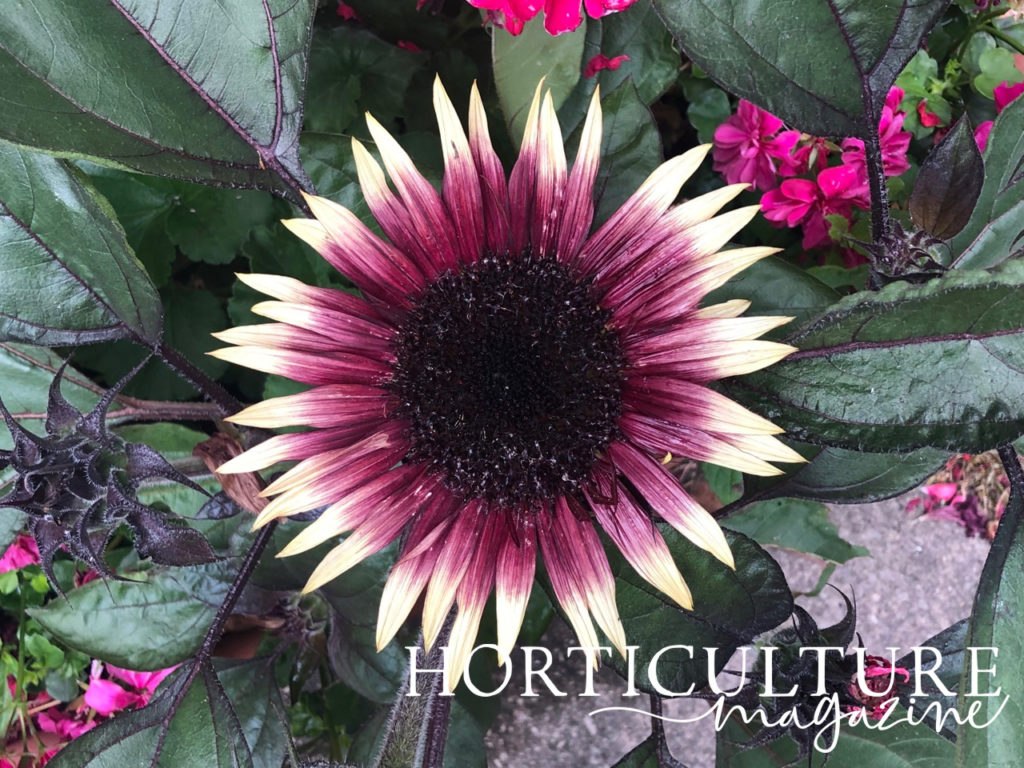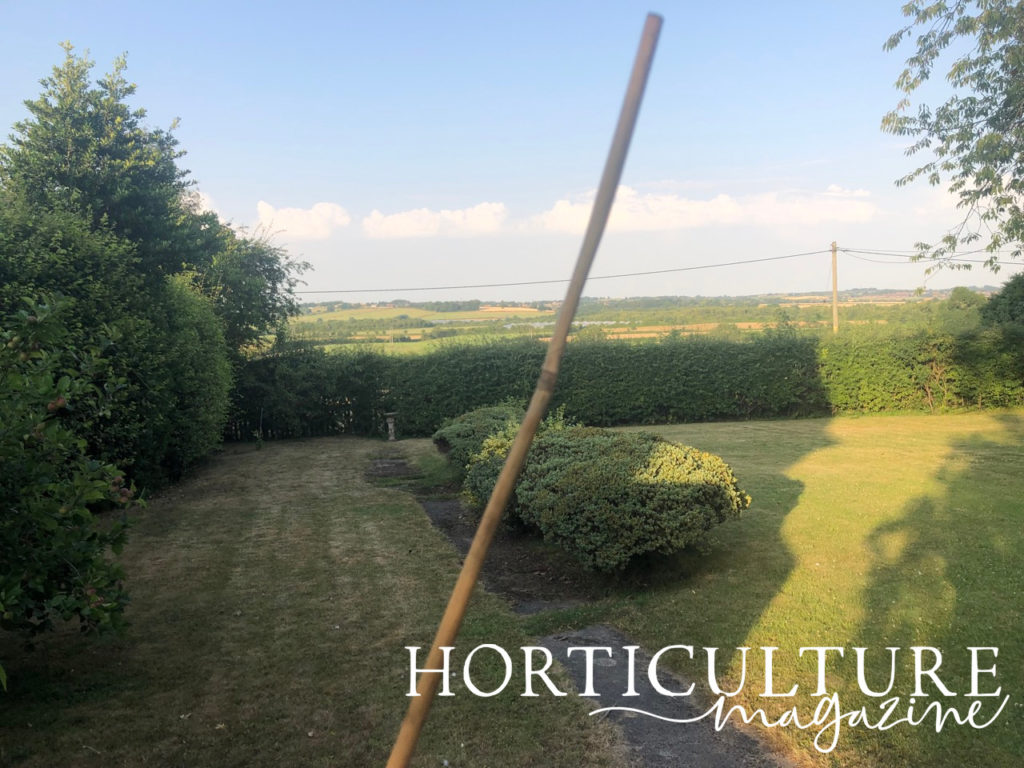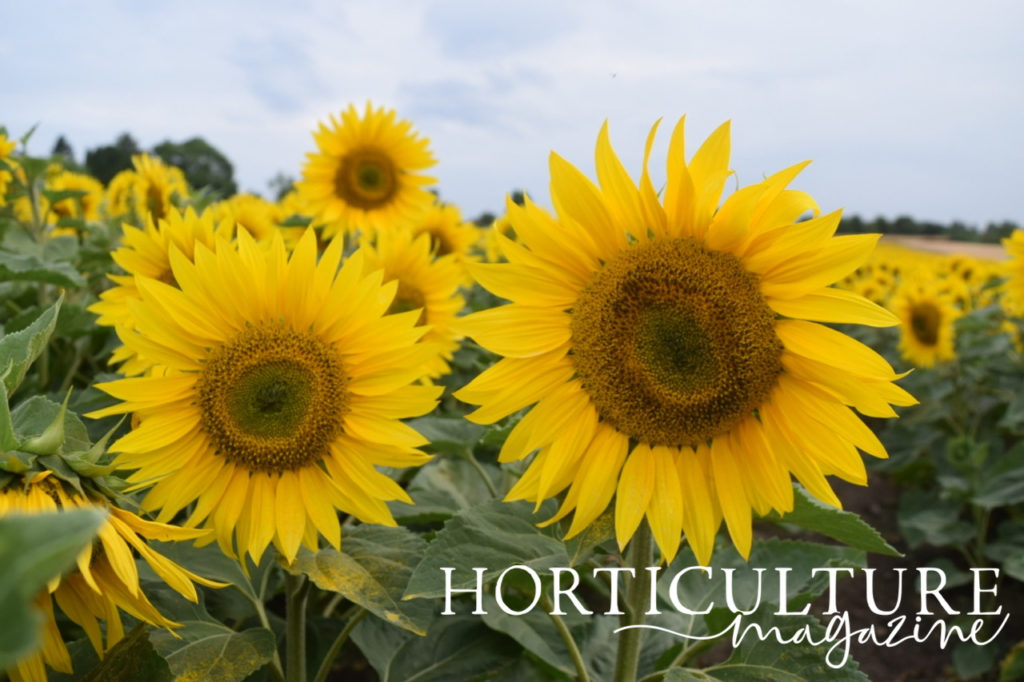
Ed is a horticultural therapist, professional gardener and writer. Ed has a BSc in Occupational Therapy from Coventry University and a Diploma in Social and Therapeutic Horticulture (DipSTH) via Thive, the RHS and Pershore College. Ed runs a community kitchen garden in West Sussex, where he leads horticultural therapy sessions.
Reviewed By COLIN SKELLY

Colin is a Horticulturist and Horticultural Consultant with experience in a range of practical and managerial roles across heritage, commercial and public horticulture. He holds the Royal Horticultural Society’s Master of Horticulture award and has a particular interest in horticultural ecology and naturalistic planting for habitat and climate resilience.
Contributions From EMILY CUPIT

Emily is a Gardening Writer, Photographer and Videographer from Derbyshire, UK. She is the Founder of Emily's Green Diary - a community of more than 75,000 people who share in her gardening journey.
SUNFLOWER GUIDES
Container Growing
Deadheading
Drooping
Harvesting
Sowing
Support
Varieties
Sunflowers are a wonderful annual flower to grow as they bring a joyful injection of colour to the garden for weeks on end and can be grown in borders, containers or a flower patch.
Whether you grow the smaller multi-stemmed varieties or gigantic single-head plants, all but the very dwarf cultivars will benefit from staking to support them as they mature.
Supporting sunflowers is a straight-forward process and should be undertaken whilst the plants are still small, as this will make the task much easier.
This process is explained in more depth below:
When To Support Sunflowers

Sunflowers are widely grown here in the UK and should be supported from an early age to encourage straight stems and to prevent them from bending, breaking or falling over.
Grown as an annual, sunflowers can be sown or planted out once all risk of frost has passed, which is typically around late May to June, depending on your location in the UK.

Sunflower plants can either be supported at the time of sowing or planting or shortly afterwards, but certainly before they grow too tall and start producing heavy flower heads.
| Difficulty | Easy |
| Equipment Required | Stakes, posts or canes, gloves, mallet, twine or wire. |
| When To Stake | May, June, July |
1) Supporting Sunflowers

Sunflowers are best grown in full sun and in a sheltered spot to help prevent any wind damage, as some varieties can grow more than 3m tall.
Whether grown individually or in clumps, sunflowers benefit from being supported either by using prefabricated metal pole rings, wooden or bamboo stakes or simply tied in along a fence.
To support sunflowers grown individually, a single stake or sturdy cane can be driven deep into the ground beside the plant, either into a preformed hole or using a mallet and then tied in.

The stake’s height is dependent on the mature size of the sunflower grown and will need at least an extra 30-50cm to go below the soil’s surface.
To avoid staking, sunflowers can simply be planted at the back of a border along a sunny fence, trellis or wall and tied in at regular intervals using vine eyes and string.
However, if you are growing sunflowers on a larger scale, such as in a cut flower patch, supporting individual plants can become a lot of work, so a homemade cage support may be warranted.

A sunflower cage, similar to those used for supporting dahlias, can be formed by using 1.8-2m wooden posts or stakes installed securely around the plants and a lattice of twine or canes laid between them at various heights, for the stems to grow up amongst.
Sunflower stakes need to be strong and secure, as the larger varieties’ blooms can be of considerable weight and rock in even the lightest of breezes.1Helianthus annuus | common sunflower. (n.d.). Royal Horticultural Society. Retrieved March 24, 2023, from https://www.rhs.org.uk/plants/105515/helianthus-annuus/details
“Thick stemmed sunflowers will typically withstand all but the worst winds, but lattice support allows the sunflowers to move together and support each other as they sway,” shares Horticultural Consultant Colin Skelly.
“If one falls, it will typically be held upright and avoid taking others with it as it would if unsupported.”
Tall wooden fence posts and metal rebar are often used and readily available or, for a more sustainable approach, coppiced hazel poles can be used.
2) Tying In

Individually grown sunflowers need tying in from an early age and as the season progresses.
Flexible rubber-coated wire or twine can be used to loosely tie in the stems so they remain straight as the plants mature, but not too tight as the stems can reach a sizeable thickness over time.
If a sturdy lattice cage is installed, this may suffice and the sunflowers may not need tying in further, unless they are grown on an exposed site, or start leaning towards the light as they grow taller.
References
- 1Helianthus annuus | common sunflower. (n.d.). Royal Horticultural Society. Retrieved March 24, 2023, from https://www.rhs.org.uk/plants/105515/helianthus-annuus/details

